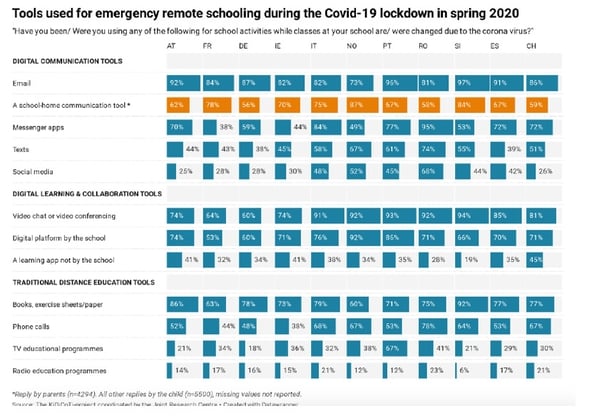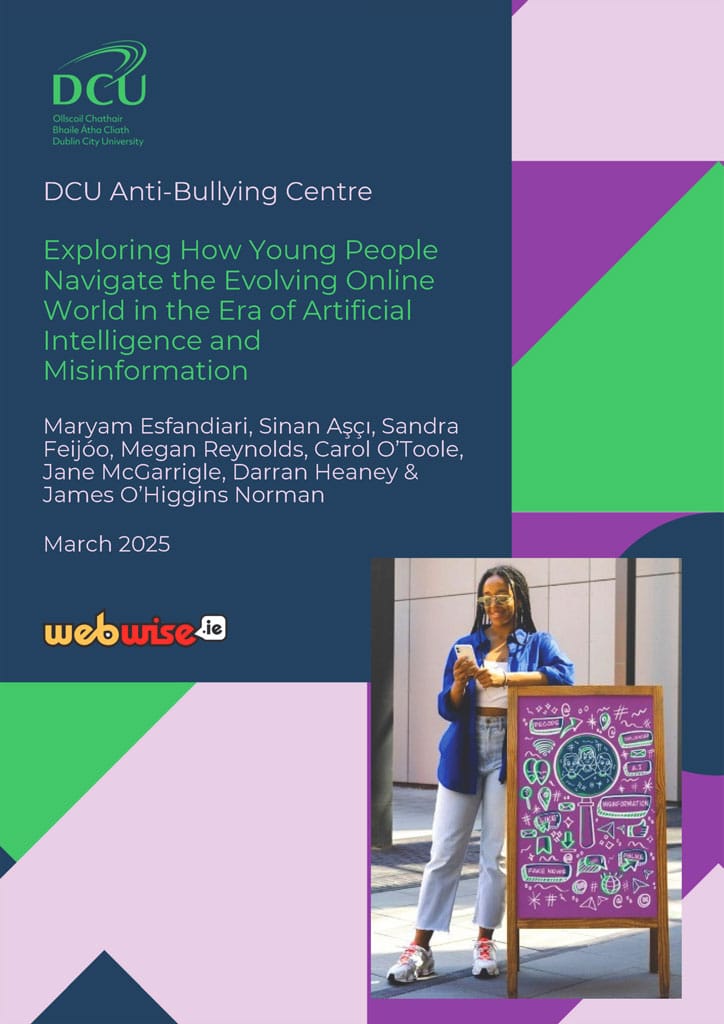This thesis investigates the experiences of young people who identify as lesbian, gay, bisexual, transgender and who are questioning their sexuality (LGBTQ) on the Internet. Specifically, the project explores how LGBTQ young people use the Internet, how they communicate online, the impact that the Internet has on their life and how they stay safe online. Despite the Internet being an ever-growing aspect of people’s lives and the potential opportunities that it presents for marginalised groups such as LGBTQ young people, there have been a relatively small number of qualitative studies in the area. Methodology: As there has been limited research regarding LGBTQ young people’s use of the Internet, a systematic review of qualitative studies exploring the experiences and views of cyberbullying by children and adolescents in the general population was conducted using Framework Synthesis. Subsequently, an empirical study was completed which involved conducting a secondary analysis, using Framework Analysis methodology, of data collected from focus groups with LGBTQ young people regarding their Internet use. In total, five focus groups were held with forty-one LGBTQ young people recruited across four European countries. Results: A total of eighteen studies were included in the qualitative synthesis exploring children and adolescents’ cyberbullying experiences. Although there was some variation in the quality of the studies, there was clear support for four main themes: Online vs. Traditional Bullying Environment, Risk Factors, Victim’s Experience and Preventative Measures. These themes highlighted both the potential causative factors of cyberbullying as well as how the victim experiences different aspects of the incident such as their initial understanding of the event to the long-term impact of cyberbullying. A number of preventative measures were also suggested, including the need for adults to increase their understanding of technology and cyberbullying in order to enable them to be a viable source of help. Within the empirical study, four main themes emerged from the data: Digital World as Part of Daily Life, In Control of Their Online World, Seeking Connection and Navigating Risk. The latter three main themes also consisted of a number of subthemes. The results indicate that participants have embraced the Internet into their everyday lives and that the LGBTQ population reaps specific benefits as the Internet allows them to overcome or compensate for barriers faced within their offline lives. Participants also reported the need to navigate many risks online, however interestingly they appeared confident in doing so and discussed the variety of ways in which they achieve this. Discussion: The results of the qualitative synthesis provided tentative support for two different theoretical models of cyberbullying, indicating that both an individual process model and an ecological system model are mutually useful ways of understanding this phenomenon. Clinical implications spanned both individual and systemic measures that could be taken to reduce the likelihood of cyberbullying occurring. However, it is also clear that further research, in particular qualitative research, is required to continue to develop our understanding of this topic as a whole. The findings from the empirical project suggest that LGBTQ young people must balance the opportunities provided by the Internet whilst also managing the risks that it poses. The importance of retaining the empowerment for young people on the Internet was clear, especially for young LGBTQ people who may use the Internet as an alternative way of meeting their needs and engaging in developmental tasks such as sexual identity development. However, there is also a need to ensure that these young people are safe online and therefore interventions such as parental education and the development of age appropriate resources are required to promote both empowerment and safety for this population.
A new report from Dublin City University’s Anti-Bullying Centre, in collaboration with Webwise, outlines how young people navigate online spaces, especially in the new era of artificial intelligence and misinformation.
Researchers from the DCU Anti-Bullying Centre conducted a survey with 109 adolescents, aged between 11 and 15 years old, across Ireland. The findings demonstrated that 60% of participants received their first smartphone between 10 and 13 years old, and 43% of participants in the study indicated using their smart mobile devices several times a day.
Participants were asked what their most popular or used social media platform was, with YouTube standing out as the most popular social media platform as 61.5% of participants identified that it was their favourite social media platform to use. The findings reveal that filters (photo or video) were the most widely used tools, with 61.5% of adolescents using them. Further, the majority of participants felt that being online enhances their self-expression.
The survey explored whether adolescents believed they had skills to safely navigate such online platforms. The findings from the report demonstrated that adolescents have a reasonable level of perceived online self-efficacy, particularly in maintaining their privacy when online. In addition, over half of respondents are confident in keeping passwords safe and knowing whom not to share them with. In terms of AI and deepfake-related efficacy items, gaps exist in advanced digital literacy knowledge of adolescents, particularly in identifying advanced forms of misinformation.
Participants were asked questions about influencer content and whether they felt this type of content had an impact on their self-image and/or feelings. The findings showed that adolescents use influencer content, but seemed indifferent to its influence on their self concept and emotions. Further, the findings revealed that participants showed a limited interest in the influence of social media personalities on their self-identity, and their active engagement with this content was minimal. Instead, the findings indicate that adolescents primarily consume influencer content for entertainment rather than emotional connection.

